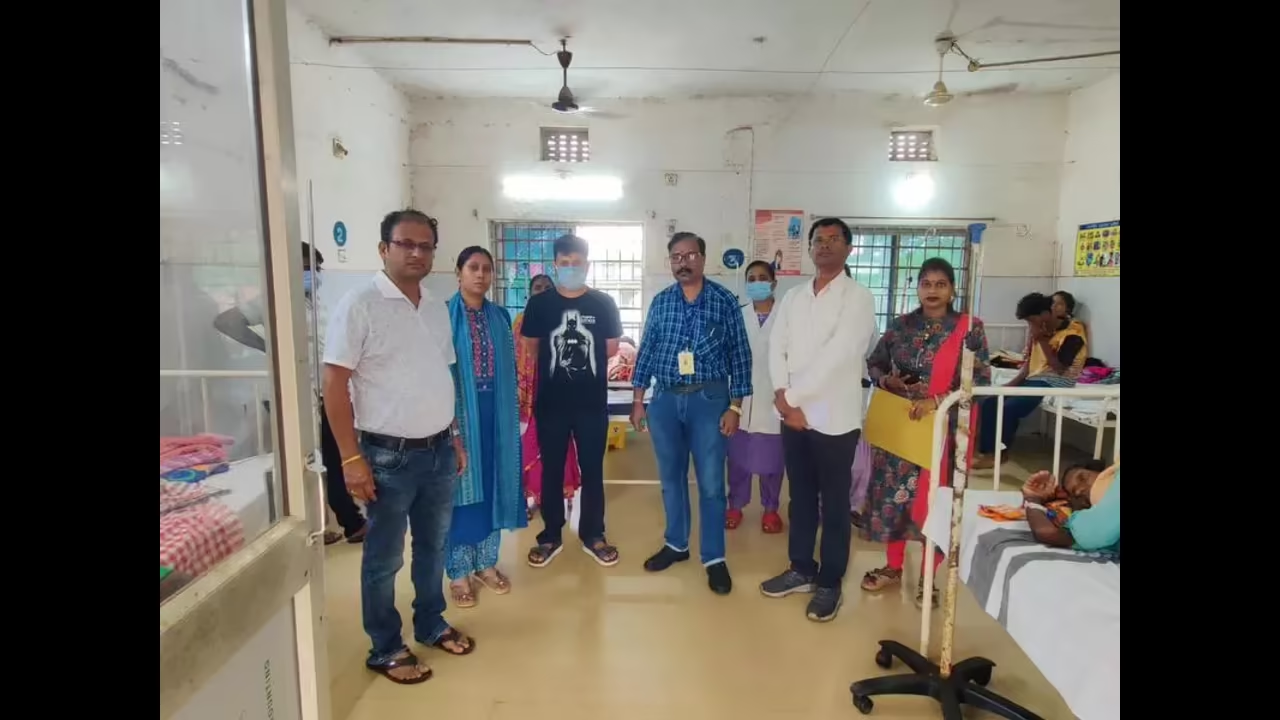
DiYES International School – Stop Diarrhoea Drive Begins across key Indian states as the government launches major efforts to reduce diarrheal disease among young children. With an alarming rise in summer-related illness, India sets a new priority for community health. The campaign spans mid-June through July, focusing on both education and immediate treatment access. Two states, Odisha and Haryana, take center stage in this effort, each with tailored strategies to suit local needs.
In southern Odisha, the “Stop Diarrhoea” campaign highlights the role of basic hygiene in preventing illness. Health workers travel from village to village, speaking directly to caregivers and parents. These sessions promote handwashing before meals, after using the toilet, and before feeding children. Posters and leaflets show how germs spread quickly when clean habits are ignored. The campaign also teaches how to treat drinking water. Boiling remains the most recommended method, but chlorine tablets are also distributed in areas lacking consistent fuel sources. Residents learn to store water in covered containers and avoid dipping hands or dirty utensils inside. Every step aims to reduce bacterial exposure in daily routines. Local schools serve as a base for outreach. Teachers involve children in hygiene games and songs. These activities turn public health into something memorable and fun. Children take lessons home and remind parents to follow them. Rural radio stations also broadcast hygiene tips and promote campaign messages daily. Leaders hope this wide reach will shift habits across entire communities.
“Read about: Reaching the Unreached: Syria’s 2025 Child Immunization Drive”
While Odisha emphasizes prevention, Haryana builds its campaign around treatment. Public health centers in rural districts now offer zinc and oral rehydration solution (ORS) kits around the clock. Staff members are trained to explain how to mix and administer these treatments safely. Zinc helps reduce the severity and duration of diarrhea. ORS prevents dehydration and restores fluid balance in children. Together, they form a powerful low-cost solution.
Caregivers receive instructions on dosage and are encouraged to continue treatment for up to two weeks if needed. The state also runs mobile health vans that visit remote villages. These vans carry medical supplies, clean water samples, and information kits. Parents learn what signs indicate danger and when to seek help. The system helps families act early rather than waiting until symptoms become severe. In addition to medicine, Haryana officials provide shade and drinking water at bus stops and public markets. These small but effective measures reduce heat-related illness during peak afternoon hours. Local leaders work with district nurses to map out high-risk areas and make sure resources reach them first.
Both states benefit from technical guidance provided by the Ministry of Health and Family Welfare. Data from previous years informed planning and resource allocation. Diarrhea peaks during the summer monsoon transition when contaminated water sources become common. The campaign does not rely solely on state funding. National and international health partners contribute supplies and logistics. Community volunteers assist in organizing events and managing distribution. Their presence builds trust and helps overcome resistance from households unfamiliar with medical outreach. Meetings between state health officers encourage exchange of ideas. Odisha and Haryana teams share what works and what needs adjustment. Monitoring teams visit health posts and observe fieldwork to track progress. Weekly updates help maintain momentum and accountability.
“Read more: Reinventing Access: Cutting-Edge Features in Modern Garage Doors”
Children under the age of five remain the most vulnerable group. Their immune systems are not fully developed and they lose fluids quickly. The campaigns prioritize this age group for both education and treatment. Parents are reminded to watch for signs like sunken eyes, dry lips, or reduced urination. Schools and anganwadi centers distribute ORS packets along with midday meals. In many areas, community kitchens prepare food with clean water to prevent outbreaks. Health educators show mothers how to prepare homemade rehydration mixes when kits are unavailable. Messages about breastfeeding are reinforced as well. Breast milk provides vital antibodies and hydration during illness. Mothers receive support from frontline workers who visit homes and track recovery cases. Follow-up visits ensure children stay healthy after symptoms fade.
In many communities, diarrhea is still seen as a normal part of childhood. The Stop Diarrhoea Drive challenges this belief by treating it as a serious health threat. Campaign slogans remind families that timely action saves lives. Wall art, stickers, and short street plays convey urgency in simple language. Leaders from both states call on parents to treat diarrhea as an emergency. Social media posts highlight stories of families who avoided tragedy by responding early. Short videos demonstrate how simple habits like washing hands can prevent weeks of suffering. By connecting prevention and treatment, India aims to lower its childhood diarrhea rates significantly. The hope is to create a cultural shift where hygiene and health literacy become daily priorities.